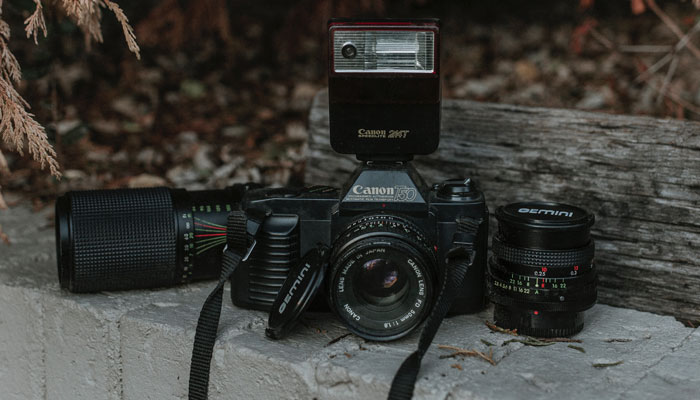ISO – Some of the Basics You Need to Know
Posted on June 27, 2016 at 11:33 am
ISO is to do with a camera’s sensitivity to light that is available. If the ISO number is lower, this means that the camera is going to be less sensitive to the light. The normal ISO range is usually about 200 to 1600, though this will vary depending on your specific camera. The camera component that is responsible for changing sensitivity is called the image sensor, and may just be referred to as the sensor.
In the ISO sequence, the numbers double each time. The sequence is: 200, 400, 800, 1600, 3200, 6400 (or perhaps starting at 100 depending on the lowest ISO number).
People will often talk about ISO and the ‘noise’ within a photograph. This is because using a higher ISO will add more grain to a photograph. You should, where possible, stick to your camera’s base ISO to create the best images possible. This is the lowest ISO number that will produce the highest quality image. It is the best way to avoid coming out with grainy photographs produced by too much sensitivity to light.
Changing ISO can, however, have additional benefits. When a camera is more sensitive to light, it will be able to capture images in less time. Therefore, using a higher ISO can help you to capture moving images in less time, which will reduce blur.
Posted in Photography Skills
